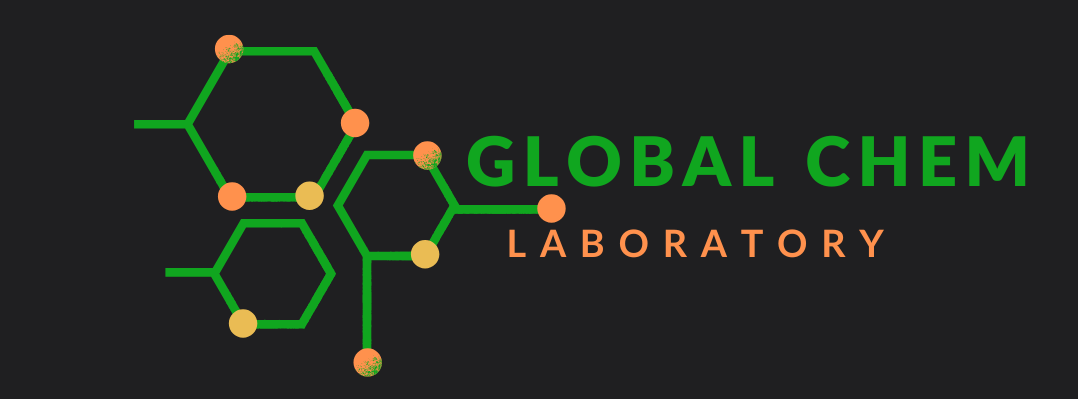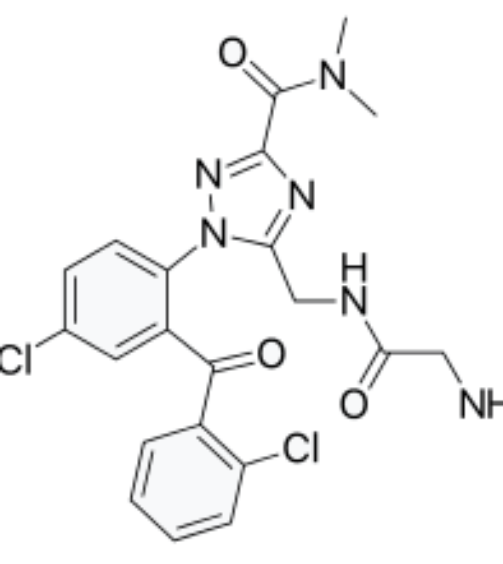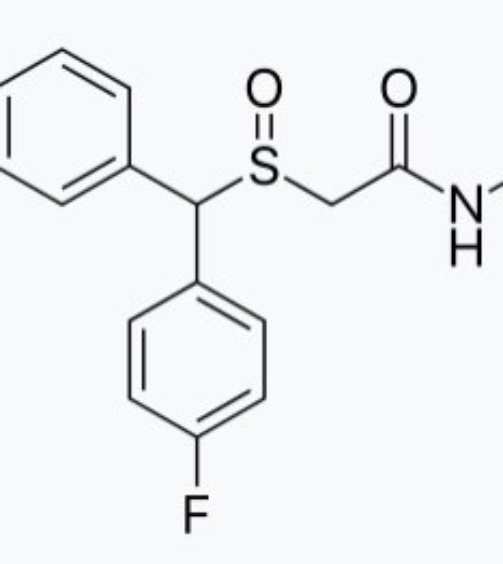BK-BZP Crystal Overview
- IUPAC Name: 1-Benzylpiperazine butan-2-one
- Commercial Name: BK-BZP Crystal
- Chemical Formula: C11H15N·C4H6O
- Molar Mass: 211.3 g/mol
- Boiling Point: Not readily available (BK-BZP is a crystalline solid that decomposes before boiling)
- Melting Point: 141–145°C (decomposes upon heating)
- Density: Not readily available; typical density for similar compounds is approximately 1.1–1.3 g/cm³
- Storage Requirements:
- Store BK-BZP crystals in a cool, dry, and dark environment, ideally between 4°C and 8°C.
- Keep in an airtight container to protect from air exposure, which could cause degradation over time.
- Avoid direct sunlight and moisture, as these factors can contribute to the chemical’s breakdown.
- For long-term storage, vacuum-sealed or nitrogen-flushed containers are ideal to preserve the purity and potency of the compound.
- Purity: 99.9% (high-purity research-grade product, as confirmed by a Certificate of Analysis)
- Reactivity:
- BK-BZP crystals are relatively stable under normal storage conditions.
- The substance should not be exposed to high temperatures or direct light, as it may cause degradation or alter its properties.
- Avoid mixing BK-BZP with strong acids, bases, or oxidizing agents to prevent chemical reactions or breakdown of the compound.
- Ensure proper handling and storage to prevent accidental exposure or contamination.
- Safety Information:
- General Safety: BK-BZP is a stimulant research chemical belonging to the piperazine class. It is known to induce stimulant and empathogenic effects, similar to substances like MDMA, though its full range of effects and potential toxicity are still not fully understood. Extreme caution should be exercised when handling and using BK-BZP, particularly in unregulated environments.
- Handling: When handling BK-BZP crystals, always wear appropriate personal protective equipment (PPE), such as gloves, safety goggles, and a lab coat. It is also recommended to work in a well-ventilated area or use a fume hood to avoid inhaling any dust or vapors.
- Toxicity: There is limited data on the toxicity of BK-BZP, but like other stimulants, it may cause cardiovascular and central nervous system (CNS) effects, including tachycardia, hypertension, agitation, and anxiety, especially at high doses. It is crucial to adhere to safety protocols and avoid ingestion or excessive exposure to BK-BZP.
- First Aid Measures:
- Skin contact: If BK-BZP comes into contact with the skin, wash the area immediately with soap and water. Seek medical advice if irritation or a reaction occurs.
- Eye contact: In case of eye contact, flush the eyes with water for at least 15 minutes. If irritation persists, seek medical attention.
- Inhalation: If BK-BZP vapors or dust are inhaled, move to fresh air immediately. If symptoms like dizziness, coughing, or shortness of breath develop, consult a healthcare professional.
- Ingestion: In case of ingestion, seek immediate medical help. Do not induce vomiting unless advised by a medical professional.
This BK-BZP Crystal overview provides the essential chemical and safety information required to handle the compound safely. It is a powerful stimulant that must be treated with care, especially due to its potential for adverse psychological and physical effects when improperly used. Always follow recommended safety protocols to ensure safe handling and usage in a controlled research environment.

 Cart is empty
Cart is empty 




Reviews
There are no reviews yet.